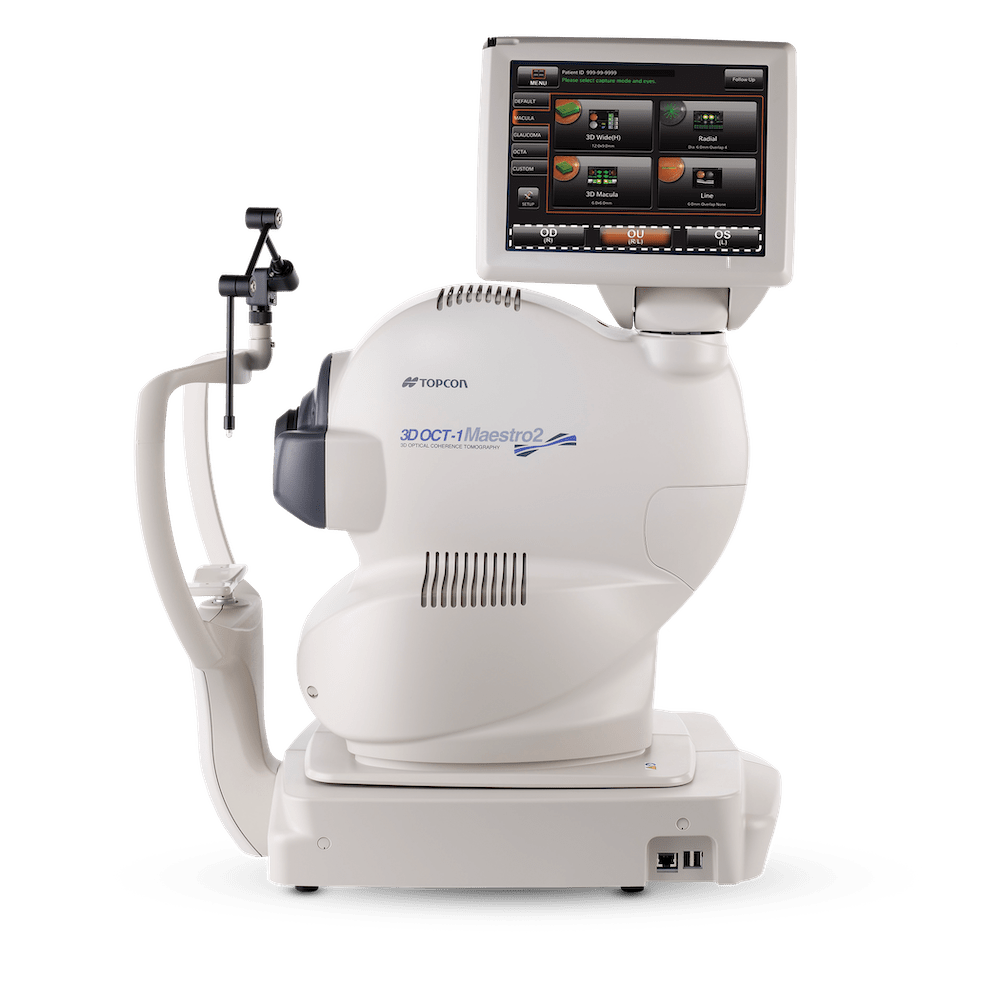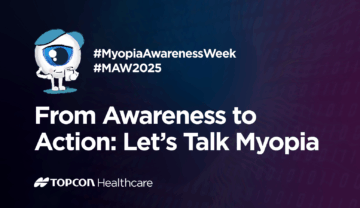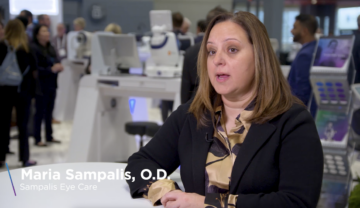
3 Ways Robotic Technology Can Help Alleviate Staffing Challenges

The Great Resignation is taking its toll on eyecare practices.
How can you keep your workflow moving when understaffed or bringing new employees up to speed? Let’s look at how the robotic technology of the Topcon Maestro2 OCT + Fundus Camera can help.
1. Maestro2 is easy for staff to learn and operate
Whether you’ve lost a key technician and need others in the office to temporarily assist with pre-testing or you have a new staff member to train, robotic instruments, like the Maestro2, come with a short learning curve. For the more experienced technicians and photographers in your practice, Maestro2’s advanced imaging modules provide the scan patterns and capabilities needed to image even the most difficult patients.
According to Dee Stephenson, MD, “Maestro2 has proven to be invaluable to my practice because of its ease of use. Its single-touch, robotic-capture functionality makes it a user-friendly system to learn and operate. With just one touch, the software will align, focus, and optimize the image. On occasion, I need to take an OCT myself, and even I can use this device with proficiency. It helps my busy office run so much more efficiently.”
Topcon Healthcare provides in-person training on the day of installation as well as a library of online learning modules to help staff quickly learn how to use the device. Check out this short video to see how easy it is to acquire a 12x9mm OCT of the macula and disc alongside a true-color fundus photo:
2. Maestro2 provides quality images and data for quick, confident decisions
Maestro2 produces high resolution OCT images and simultaneous true-color, red-free, or infrared fundus photography.
- The 3D Wide OCT scan provides a 12x9mm view of the posterior pole with seven-layer automated segmentation, which enables measurement and topographical mapping of the optic nerve and macula.
- The glaucoma module includes retinal thickness, retinal nerve fiber layer (RNFL), macular ganglion cell analysis, optic nerve measurements compared to a reference database, the Hood Report, trend analysis, and anterior chamber imaging.
- PinPoint Registration allows multimodal observation of suspected pathology and follow-up support uses tracking based on the reference images to help compare localized areas of interest over time.
According to Ursula Schmidt-Erfurth, MD, PhD, Head of the Department of Ophthalmology and Optometry at the Medical University of Vienna, Austria, the Maestro2 is a reliable partner in patient care. “For a clinician coming from academia, the Maestro2 OCT is a pleasant surprise. It is easy, highly efficient, and intuitive to use. It provides precise information and it is a great tool for basing treatment decisions.”
3. Maestro2 saves time by combining multiple tests into a single device
Color fundus photography and OCT imaging for documentation of pathology are considered standard of care procedures for detecting and monitoring disease. Optimizing the capture of this data by minimizing the time at each instrument can significantly impact workflow efficiency while ensuring patients receive the best possible care.
Dr. David Friedman, MD, PhD, the Director of the Glaucoma service at Massachusetts Eye and Ear, believes that automation may be the future of efficient retinal imaging. “The Maestro2 captures retinal photos and OCT rapidly and with very little input from a technician. The image quality is excellent, and this device is well designed for rapid image acquisition with minimal training needed for the operator.”
A recent workflow study showed that the average time required to capture a Maestro2 3D Wide Scan (OCT + color fundus photograph) – from the patient sitting in the chair to standing up after the scan – was two minutes six seconds.1 This rapid acquisition of multiple imaging modalities eliminates the need to move patients to a separate device for retinal photos, which saves a significant amount of time. In high volume clinics, this can translate to hours of time saved per day, increasing the number of patients that can be seen while still ensuring that a comprehensive evaluation of each eye is performed.
In summary, the Maestro2 is an invaluable tool to keep your practice running smoothly when faced with staffing challenges. Its robotic, one-touch functionality allows technicians to easily learn and operate the system. In addition, the Maestro2 is multimodal, allowing for simultaneous capture of high quality retinal and OCT images. These exclusive features can significantly improve your workflow to allow for quick and confident diagnoses that enable you to provide the best eyecare possible.
- Data on file.




